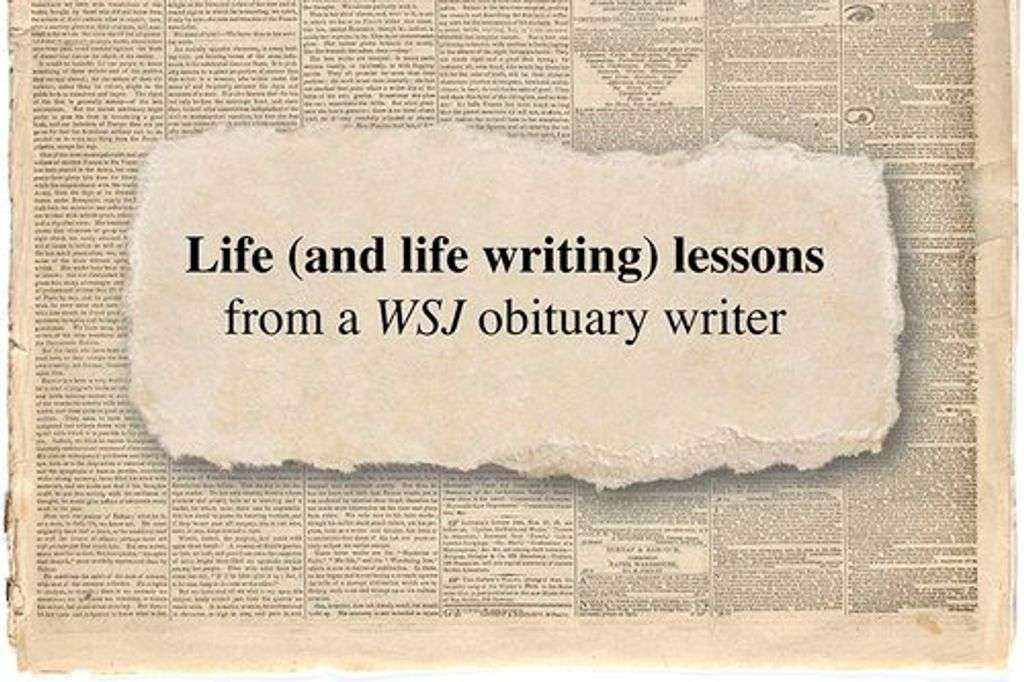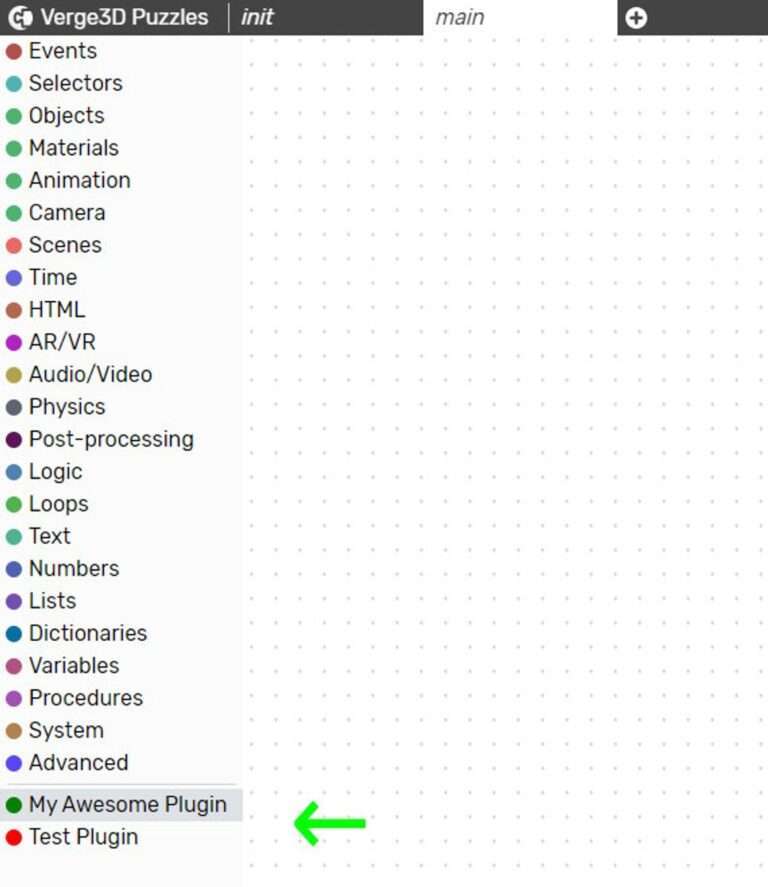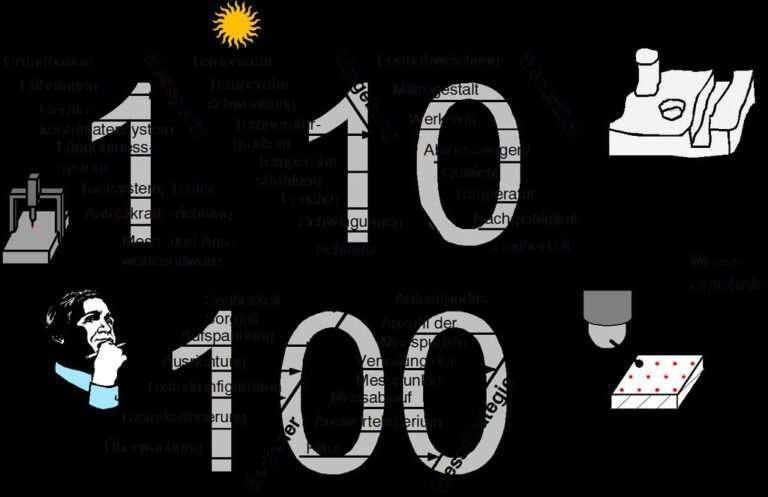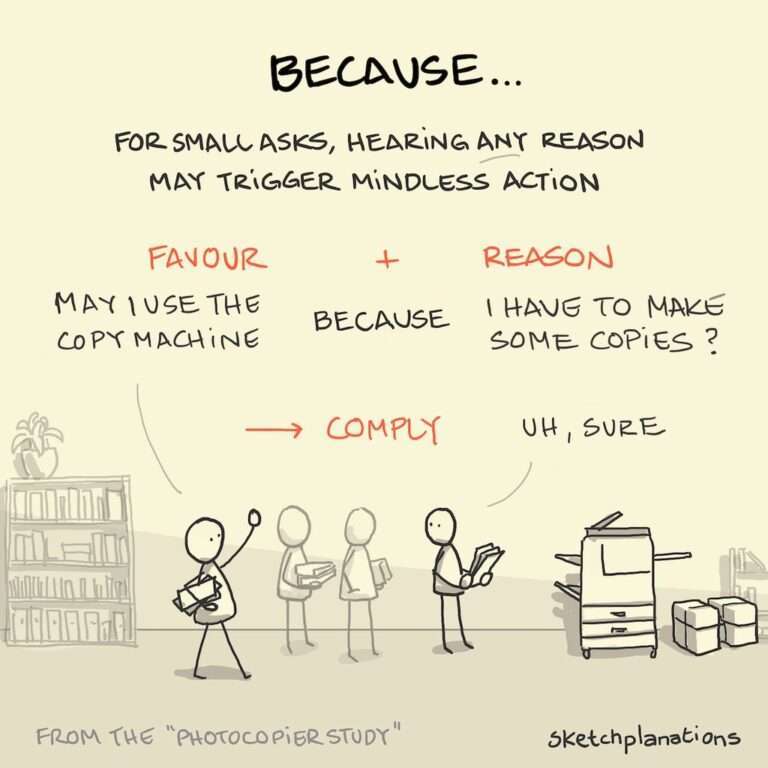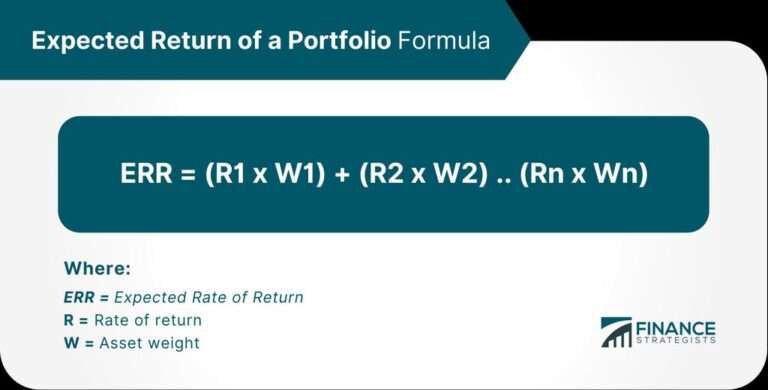The Non-Linear Narrative: Unraveling the Story Out of Order
Overview
Introduction to Non-Linear Narrative
Non-linear narrative is a storytelling technique that presents events out of chronological order. It challenges the traditional linear structure and offers a unique way of experiencing a story. One of the key insights of non-linear narrative is the complexity it brings to the storytelling process. By rearranging the sequence of events, authors can create a sense of mystery and intrigue, keeping the readers engaged and actively involved in piecing together the narrative puzzle. This approach allows for a deeper exploration of characters, themes, and plotlines, as different perspectives and timelines intersect. The non-linear narrative technique offers a fresh and dynamic approach to storytelling, pushing the boundaries of traditional narrative structures and inviting readers to engage with the story in a more interactive and immersive way.
CTA: Explore the possibilities of non-linear narrative with Unifire!
How to: Creating a Non-Linear Narrative
- Choose the right storytelling technique: Consider using techniques such as flashbacks, multiple perspectives, or parallel storylines to create a non-linear narrative.
- Create a compelling story arc: Develop a clear and engaging story arc that connects the non-linear elements and provides a cohesive narrative experience.
- Manage multiple timelines: Keep track of different timelines and ensure they are presented in a way that is easy for readers to follow. Use clear transitions and cues to indicate shifts in time.
- Embrace the non-linear approach: Emphasize the unique qualities of non-linear narrative, such as the exploration of multiple perspectives and the ability to challenge traditional storytelling conventions. Embrace the freedom to experiment and create a narrative that breaks the mold.
Benefits of Non-Linear Narrative
Non-linear narratives offer a unique storytelling experience that challenges traditional linear storytelling structures. By presenting the story out of order, non-linear narratives engage readers in a more interactive and thought-provoking way. This unconventional approach allows for greater exploration of characters, themes, and plotlines, as well as the ability to create unexpected connections and revelations. Additionally, non-linear narratives can enhance suspense and create a sense of mystery, keeping readers engaged and eager to uncover the puzzle-like structure of the story. Unifire is a powerful tool that can help you create compelling non-linear narratives, allowing you to experiment with different storytelling techniques and effectively manage multiple timelines. With Unifire, you can unleash your creativity and unlock the full potential of non-linear storytelling.
Challenges of Non-Linear Narrative
While non-linear narrative offers unique storytelling opportunities, it also presents several challenges. One of the main challenges is the potential confusion it can create for the reader. With a non-linear structure, the story jumps back and forth in time, making it difficult to follow the chronological order of events. This can require a higher level of engagement from the reader to piece together the narrative puzzle. Another challenge is maintaining coherence and clarity in the story. The non-linear structure requires careful planning and execution to ensure that the different timelines and perspectives are seamlessly integrated. Additionally, non-linear narrative can be more demanding for writers, as they need to carefully manage the pacing and reveal of information to maintain suspense and engagement. Despite these challenges, embracing the non-linear approach can result in a more dynamic and thought-provoking reading experience.
Structuring a Non-Linear Narrative
Choosing the Right Storytelling Technique
When it comes to choosing the right storytelling technique for a non-linear narrative, there are several factors to consider. First and foremost, it is important to understand the key insights of the article. The non-linear narrative allows for a unique and captivating storytelling experience, as it presents the story out of order. This unconventional approach can create a sense of intrigue and suspense for the reader, as they piece together the fragments of the narrative. Additionally, the non-linear narrative offers the opportunity to explore different perspectives and delve into the complexities of the story. By presenting events in a non-chronological order, the author can highlight certain moments or themes that may have been overlooked in a traditional linear narrative. However, it is crucial to ensure that the non-linear structure enhances the story rather than confusing or alienating the reader. The chosen technique should align with the overall theme and tone of the narrative, and should be used purposefully to enhance the storytelling. Overall, choosing the right storytelling technique is essential in creating a compelling non-linear narrative that engages and captivates the reader.
Creating a Compelling Story Arc
When it comes to creating a compelling story arc in a non-linear narrative, there are a few key insights to keep in mind. First, it’s important to establish a clear structure that allows the reader to navigate the story effectively. This can be achieved through the use of signposts, such as chapter headings or time stamps, that indicate shifts in time or perspective. Additionally, it’s crucial to carefully craft the pacing of the narrative, ensuring that each scene or chapter contributes to the overall story arc. This requires careful consideration of the order in which events are presented, as well as the placement of key plot points. By strategically arranging the story elements, you can create suspense, surprise, and emotional impact. Finally, it’s essential to provide sufficient context and clues for the reader to piece together the fragmented narrative. This can be done through the use of foreshadowing, recurring motifs, or subtle references that connect different parts of the story. By doing so, you engage the reader’s curiosity and encourage them to actively participate in unraveling the narrative puzzle.
Managing Multiple Timelines
Managing multiple timelines is a crucial aspect of crafting a non-linear narrative. It requires careful planning and organization to ensure that the different timelines are cohesive and contribute to the overall story. One approach is to create a timeline chart or table that maps out the sequence of events in each timeline. This visual representation can help you identify any gaps or inconsistencies in the narrative flow. Additionally, it is important to clearly indicate the transitions between timelines to avoid confusion for the reader. Consistency is key when managing multiple timelines, as it helps maintain the reader’s engagement and understanding of the story. By effectively managing multiple timelines, you can create a rich and complex narrative that offers a unique storytelling experience.
Ready to unleash your creativity? Visit Unifire, a platform that provides tools and resources for writers to explore and experiment with non-linear storytelling techniques. With Unifire, you can bring your non-linear narrative to life and captivate your readers with an innovative approach to storytelling.
How to Manage Multiple Timelines:
- Plan and outline your different timelines to ensure coherence and logical progression.
- Create a timeline chart or table to visualize the sequence of events in each timeline.
- Indicate transitions between timelines clearly to avoid confusion for the reader.
- Maintain consistency in the portrayal of characters and events across timelines.
- Review and revise the narrative to ensure smooth transitions and a cohesive story.
- Engage beta readers to gather feedback on the clarity and effectiveness of the multiple timelines.
- Iterate and refine your narrative based on the feedback received.
By following these steps, you can effectively manage multiple timelines and create a compelling non-linear narrative that captivates your readers.
Examples of Non-Linear Narrative in Literature
James Joyce’s ‘Ulysses’
In James Joyce’s ‘Ulysses’, the non-linear narrative technique is used to its fullest extent. The story is told through multiple perspectives and jumps between different moments in time. This complex structure allows Joyce to explore the inner thoughts and experiences of the characters in a way that a simple plot would not allow. The non-linear narrative adds depth and complexity to the story, reflecting the fragmented nature of human consciousness. It challenges the reader to piece together the puzzle of the narrative, creating a more engaging and immersive reading experience. ‘Ulysses’ is a prime example of how non-linear storytelling can elevate a novel beyond traditional linear narratives.
David Mitchell’s ‘Cloud Atlas’
David Mitchell’s ‘Cloud Atlas’ is a prime example of a non-linear narrative that challenges traditional storytelling conventions. The novel consists of six interconnected stories, spanning different time periods and genres, which are presented in a non-chronological order. Mitchell skillfully weaves together these disparate narratives, creating a rich tapestry of themes and characters. One of the key highlights of ‘Cloud Atlas’ is its exploration of the concept of interconnectedness and how actions in one timeline can have ripple effects in others. The novel’s intricate structure and thought-provoking themes make it a captivating read for those who enjoy complex and unconventional narratives.
Conclusion
The Impact of Non-Linear Narrative
Non-linear narrative has revolutionized storytelling by challenging traditional chronological storytelling methods. It offers readers a unique and engaging experience by presenting the story out of order. This approach allows for a deeper exploration of themes, characters, and plot points, as readers piece together the puzzle-like narrative. By breaking free from linear constraints, non-linear narrative opens up new possibilities for storytelling, encouraging experimentation and innovation in literature. It invites readers to actively participate in the construction of the narrative, fostering a sense of discovery and intellectual engagement. With its ability to captivate and surprise, non-linear narrative has become a powerful tool for authors to captivate readers and create unforgettable literary experiences.
Exploring New Narrative Possibilities
In exploring new narrative possibilities, the non-linear narrative offers a unique and captivating approach to storytelling. By breaking away from the traditional linear structure, non-linear narratives challenge readers to engage with the story in a different way. The use of multiple timelines, fragmented storytelling, and unconventional narrative techniques create a sense of mystery and intrigue, keeping readers on their toes. This narrative style allows for a deeper exploration of characters, themes, and ideas, as it encourages readers to piece together the puzzle of the story. Through non-linear narratives, authors have the freedom to experiment with time, perspective, and structure, resulting in rich and thought-provoking storytelling experiences. By embracing the non-linear approach, both writers and readers can discover new dimensions of storytelling and unlock a wealth of creative possibilities.
Embracing the Non-Linear Approach
After exploring the impact of non-linear narrative and the new narrative possibilities it offers, it is clear that embracing the non-linear approach can revolutionize storytelling. By breaking away from traditional linear storytelling, authors have the freedom to experiment with time, perspective, and structure, creating unique and engaging narratives. Storytelling in a non-linear format allows for a more immersive and interactive reading experience, challenging readers to piece together the puzzle of the story. It encourages active engagement and interpretation, making the reading process more dynamic and thought-provoking. Embracing the non-linear approach opens up a world of storytelling possibilities that can captivate and resonate with readers on a deeper level.
In conclusion, Unifire is the ultimate tool for extracting summaries, keywords, and titles from your podcast and repurposing your content. With Unifire, you can save time and effort by automating the process of creating engaging content. Whether you’re a podcaster, content creator, or marketer, Unifire can help you maximize the value of your podcast episodes. Start using Unifire today and unlock the full potential of your podcast!


